IBEC at the forefront of research in mechanobiology
 Today three IBEC group leaders – Pere Roca-Cusachs, Vito Conte and Xavier Trepat – consolidate the institute’s leadership in mechanobiology by publishing a review of the field in Nature Cell Biology.
Today three IBEC group leaders – Pere Roca-Cusachs, Vito Conte and Xavier Trepat – consolidate the institute’s leadership in mechanobiology by publishing a review of the field in Nature Cell Biology.
Their paper, “Quantifying forces in cell biology”, summarizes a wide range of sensors and sensing methods able to quantify the forces generated by cells. During the last two decades, advances in our understanding of these mechanisms have allowed researchers to find out more about cell-generated forces at different scales, ranging from molecular forces – how a protein domain folds – to long-range supra-cellular force patterns such as the ones that govern wound healing or collective cell migration.

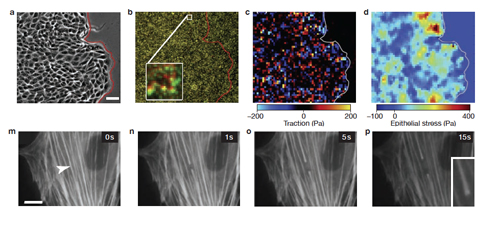

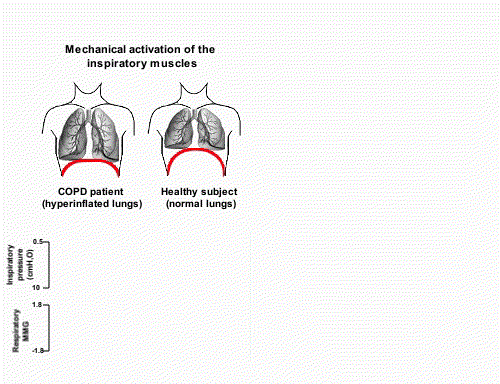 Some research published in PLOS ONE represents a new step towards translating IBEC’s basic research – specifically the novel signal processing and interpretation algorithms developed by Raimon Jané’s group – to clinical applications in hospitals.
Some research published in PLOS ONE represents a new step towards translating IBEC’s basic research – specifically the novel signal processing and interpretation algorithms developed by Raimon Jané’s group – to clinical applications in hospitals.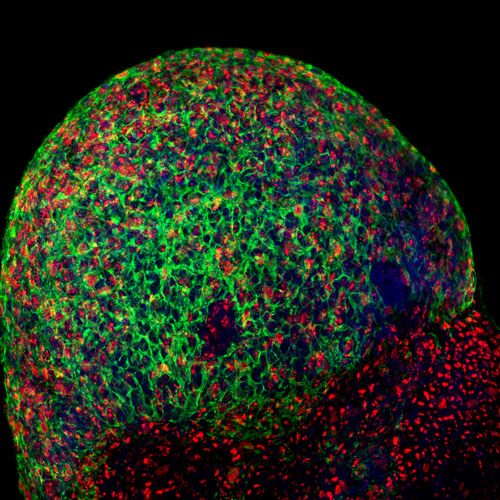
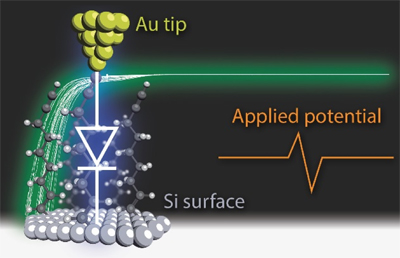

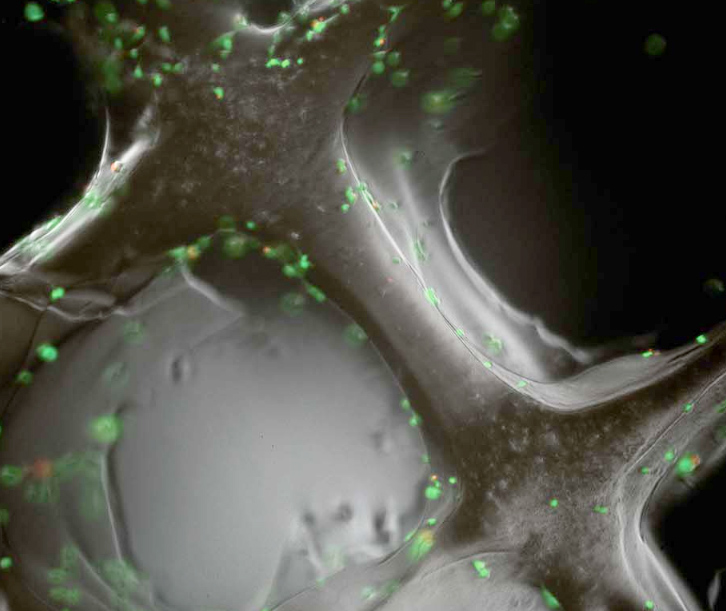
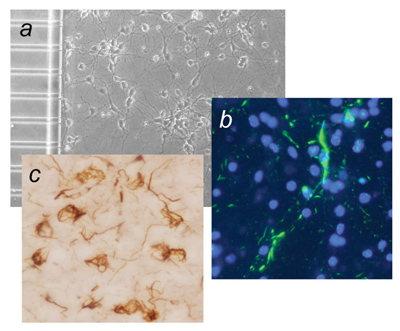
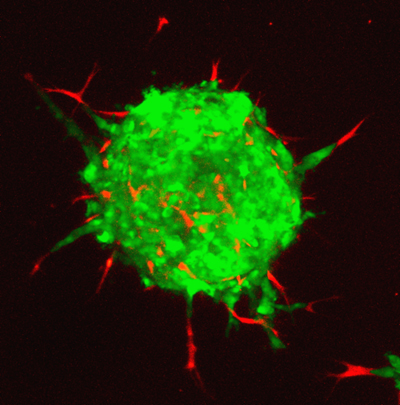
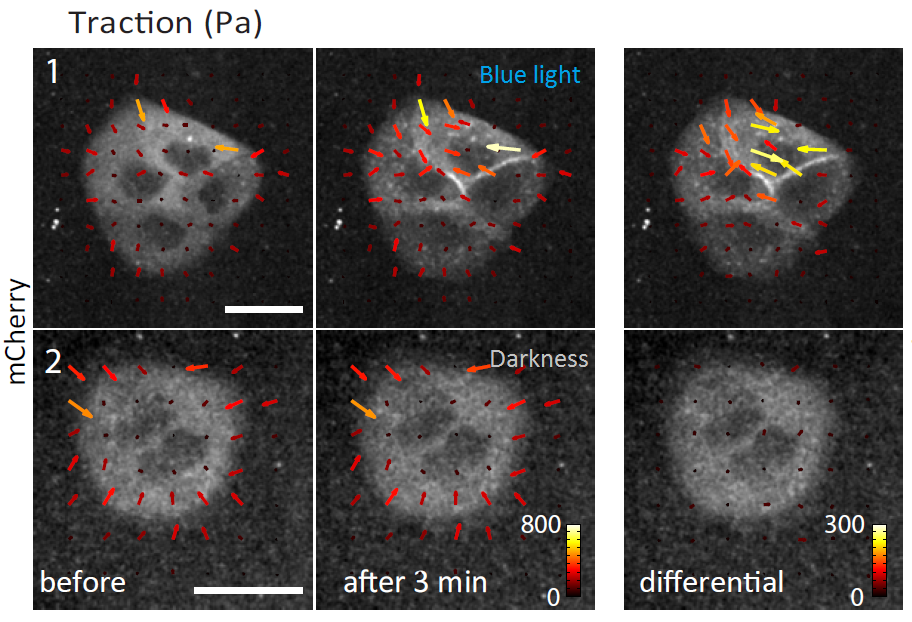
 Researchers at IBEC have controlled the contractility of a group of epithelial cells using an optogenetic switch activated by light.
Researchers at IBEC have controlled the contractility of a group of epithelial cells using an optogenetic switch activated by light. 